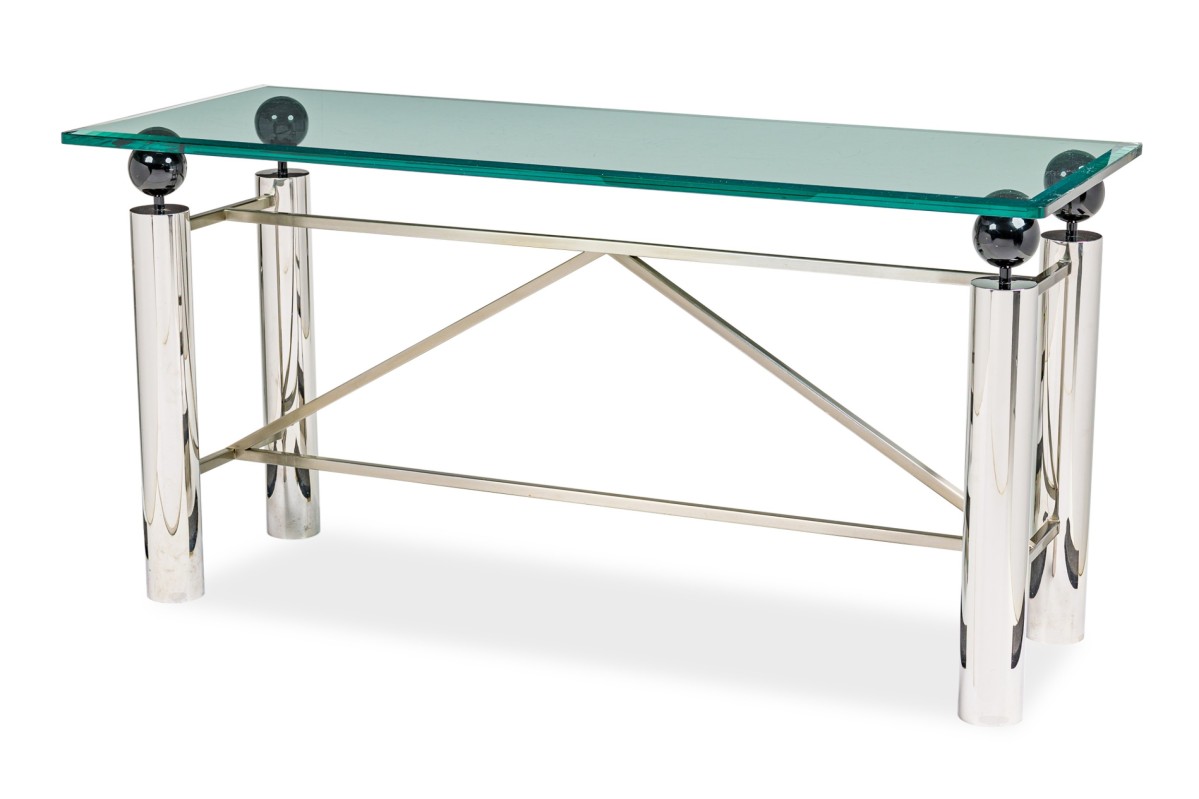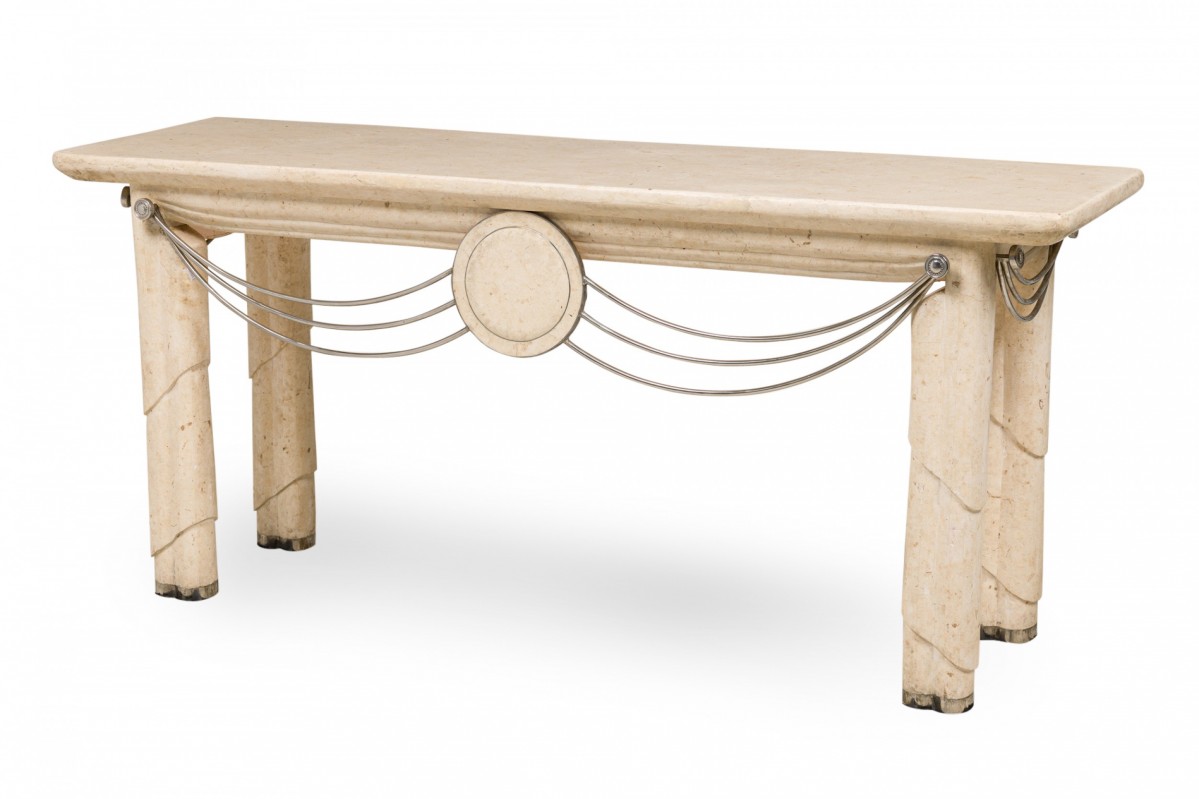X
{{ modalTitle }}
PLEASE FILL IN THE REQUIRED FIELDS.X
X
{{ modalTitle }}
Choose one of the options below.X
ITEM SUCCESSFULLY
ADDED TO PROJECT
Milo Baughman American Mid-Century Rosewood and Brass Commode / Chest of Drawers
 Mid-Century
Mid-Century American
American Tables, Cabinets & Case Goods, Dining Room
Tables, Cabinets & Case Goods, Dining Room Console/Wall Tables, Dresser/Chests, Sideboards and Buffets
Console/Wall Tables, Dresser/Chests, Sideboards and Buffets
Newel Warehouse
32-00 Skillman Ave
Long Island City NY - 11101
 (212) 758-1970
(212) 758-1970
Milo Baughman American Mid-Century Rosewood and Brass Commode / Chest of Drawers

Newel Warehouse
32-00 Skillman Ave
Long Island City NY - 11101
 (212) 758-1970
(212) 758-1970
 Tables, Cabinets & Case Goods, Dining Room
Tables, Cabinets & Case Goods, Dining Room Console/Wall Tables, Dresser/Chests, Sideboards and Buffets
Console/Wall Tables, Dresser/Chests, Sideboards and Buffets
About Milo Baughman
Milo Baughman (October 7, 1923 – July 23, 2003) was an American furniture designer and pioneer of modern design. Known for his innovative and sleek designs, Baughman played a significant role in shaping the mid-century modern aesthetic. His furniture pieces are celebrated for their clean lines, functionality, and timeless appeal.
Baughman was born in Goodland, Kansas, and grew up read more..
Commode
French form mimicking an English chest-of-drawers, dating from the mid 17th-century and very popular in the 18th century. Fashion greatly determined variances in styles and decoration, but commodes generally are wider than they are tall.
Rosewood
A close-grain tropical hardwood with a distinct, floral scent. It is typically a dark red color with occasional violet and black variegations. It is prized for both fine furniture and instrument-making.
Veneer
A wood finishing technique in which thin sheet of fine wood is applied to a the surface of a coarser wood or other structural material for decoration. Veneer is used to give furniture pieces a finer, more pleasing appearance. It was first used in ancient Egypt, classical Greece, and Rome, but did not appear again until the 17th Century in the Netherlands.
Commode
French form mimicking an English chest-of-drawers, dating from the mid 17th-century and very popular in the 18th century. Fashion greatly determined variances in styles and decoration, but commodes generally are wider than they are tall.
Rosewood
A close-grain tropical hardwood with a distinct, floral scent. It is typically a dark red color with occasional violet and black variegations. It is prized for both fine furniture and instrument-making.
Veneer
A wood finishing technique in which thin sheet of fine wood is applied to a the surface of a coarser wood or other structural material for decoration. Veneer is used to give furniture pieces a finer, more pleasing appearance. It was first used in ancient Egypt, classical Greece, and Rome, but did not appear again until the 17th Century in the Netherlands.
Commode
French form mimicking an English chest-of-drawers, dating from the mid 17th-century and very popular in the 18th century. Fashion greatly determined variances in styles and decoration, but commodes generally are wider than they are tall.
Rosewood
A close-grain tropical hardwood with a distinct, floral scent. It is typically a dark red color with occasional violet and black variegations. It is prized for both fine furniture and instrument-making.
Veneer
A wood finishing technique in which thin sheet of fine wood is applied to a the surface of a coarser wood or other structural material for decoration. Veneer is used to give furniture pieces a finer, more pleasing appearance. It was first used in ancient Egypt, classical Greece, and Rome, but did not appear again until the 17th Century in the Netherlands.


















